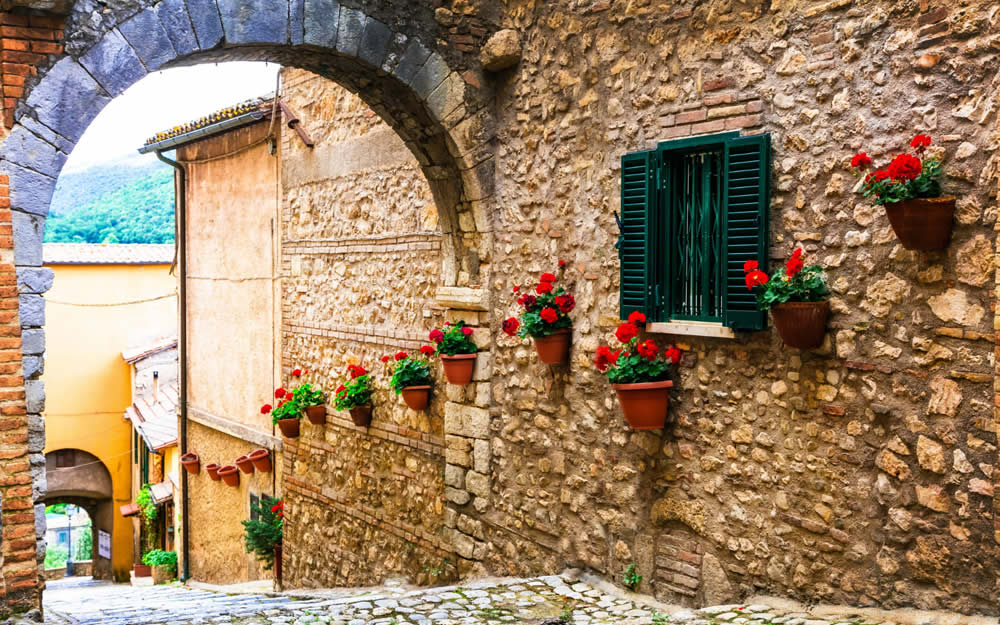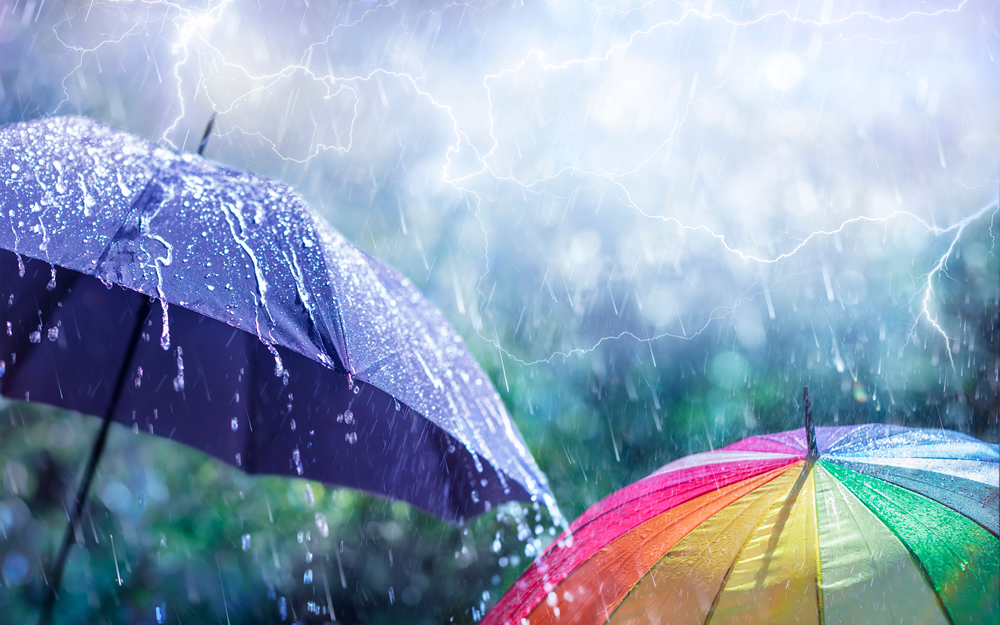- Home /
- Green stories /
- Villages worth visiting near Rieti: 3 Orange Flags
Villages worth visiting near Rieti: 3 Orange Flags

If you're looking for the best villages in Lazio to visit, you're in the right place: for a school trip or a weekend getaway with family, a stroll through the wonders of Italy is just what you need.
Immerse yourself in an adventure through the small historic towns of the peninsula, places full of culture and interesting curiosities: a constellation of legends and popular traditions that are part of our identity.
And after traveling through the Orange Flags of Ciociaria, Latina, and the fantastic villages near Rome, we come to the most beautiful places to visit in the province of Rieti.
The most beautiful villages near Rieti
Among the most beautiful villages in Italy to visit, let's discover the ones in the City of Rieti. This area boasts one of the most striking artistic, cultural and natural heritage of the peninsula, rich in artisan and gastronomic traditions.
The ancient capital of the Sabine population is in fact the navel of Italy, or rather the geographic center of the peninsula, an extremely powerful city and the crossroads between the Sabine and Reatine mountains, filled with signs and evidence dating back to Roman and medieval times.
The beautiful city of Rieti is also home to the first three interactive totems connected to MIA, the Acea Immersive Museum. Through these innovative tools, it is possible to fly over the entire town, exploring a phygital reality that tells the story of Rieti's water heritage: just frame the QR code to immerse yourself in history and discover curiosities related to the world of water. Currently, three of ten totems have been installed, you can find them in the Rieti City Hall, in Piazza Cavour and in the operational headquarters of the "Cuore Blu" facility.
This year, the Italian Touring Club has confirmed the tourist-environmental quality label for the most beautiful villages of Rieti, one of the oldest cities in Italy: the three villages awarded the title of Orange Flag are Casperia, Labro and Leonessa.
Three Orange Flags near Rieti
Casperia (RI)
Casperia is an ancient medieval village located in the heart of Sabina in Rieti, Lazio. Its name comes from the Latin word "Casperius," meaning "country house."
It is one of the oldest and most characteristic villages in the region; still intact and well-preserved, it is surrounded by a dense forest of holm oaks and beech trees. A truly charming place, filled with narrow streets and alleys, stone houses and old buildings.
Its streets are flanked by numerous churches, including St. Peter's Church, one of the oldest in the region, built in the 13th century. Another very important church is that of Santa Maria Maggiore, also one of the oldest in the area.
And just in case you don't want to miss anything, there is also the Casperia Castle, a medieval fortress built in the 14th century that dominates the town from above, recently restored and open to the public for a trip back in time.
Casperia is also known for its typical products, such as truffles, chestnut flour and locally produced wines. Because of this, it is renowned for its traditional festivals and celebrations, such as the Feast of St. Peter, the Feast of Chestnuts, the Feast of the Madonna della Neve, and the Feast of St. Joseph.
One of the most beautiful and characteristic villages in Sabina, rich in history and traditions to be discovered and savored. Ideal for a vacation of leisure, culture and good food.
Labro (RI)
Labro is a small town located between the Terminillo and Turano mountains, in a panoramic area rich in history, dating back to Roman times.
The history of this village is closely linked to that of nearby Rieti, along with which it shared an important period of development and prosperity. This place remains unchanged thanks to a careful historical and cultural recovery operation, with its ancient walls surrounding part of the historic center, built for defensive purposes in medieval times, from which one can admire the majestic view of the surrounding mountains.
Right at the top is the castle, rebuilt in the 15th century by the Nobili family, where the settlement developed over time.
Within the walls are many buildings of historical and artistic importance, such as the Church of St. Nicholas, which dates back to the 14th century, or the Church of Santa Maria in Campis, dating back to the 17th century.
The Palazzo dei Conti, the Town Hall, the Clock Tower, and the Labro pine forest are also worth visiting. This large park covers an area of about 30 hectares; it is rich in plants and trees, such as holm oaks, oaks and ash trees, and is an ideal habitat for several species of birds, but you can also find traces of wild animals such as wild boars, foxes and badgers.
It is a perfect place to enjoy an excursion into nature, history and typical gastronomic products.
Leonessa (RI)
The village of Leonessa, on the banks of the Velino River, is located at an altitude of 776 meters. Founded by the Etruscans around the fifth century B.C., it is one of the most beautiful towns in the province of Rieti, beloved by hiking, skiing and mountain enthusiasts.
Its geographical position offers a wide panoramic view of the surrounding area. Rich in history, numerous monuments, porticoes, Gothic churches and historic buildings dating back to the medieval and Renaissance periods, Leonessa is also known for its production of cheeses, cured meats, wines, quality olive oil and potatoes.
Entering the village through the gothic Porta Spoletina, visitors find rich tourist attractions, including the Palazzo degli Scipioni, the Castello Torre, the Church of Santa Maria Maggiore, the Church of San Sebastiano and the Church of San Giuseppe. You can also visit the Archaeological Museum, the Porchetta Museum and the Museum of Peasant Civilization.
A charming place among the itineraries in Lazio, rich in history and culture, with a wide range of educational and recreational activities, ideal for those who want to enjoy adventure and discovery.
















